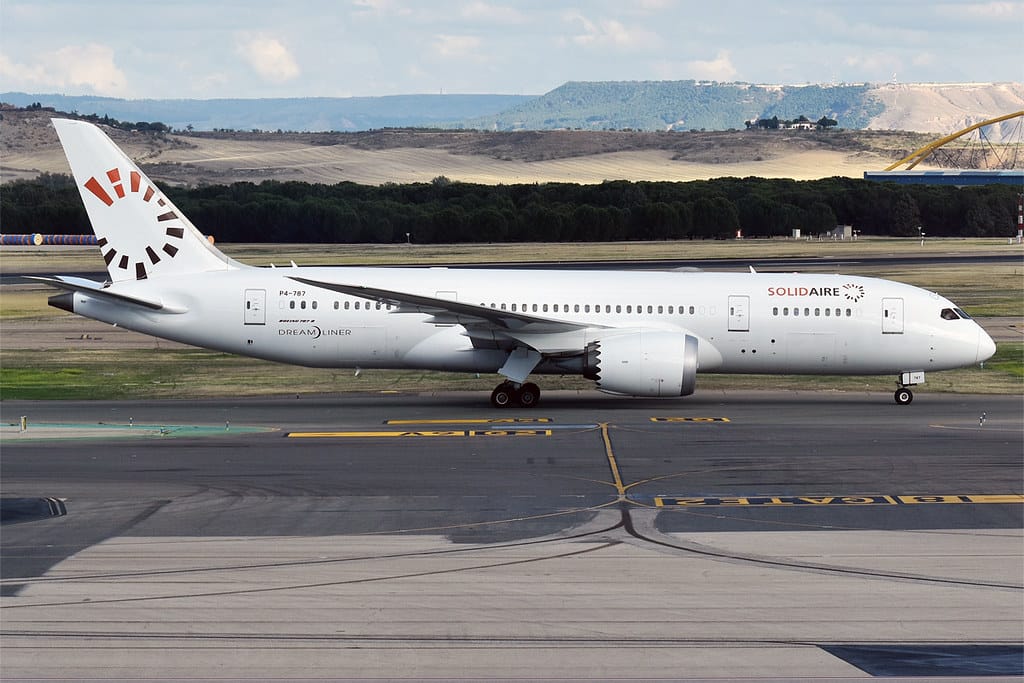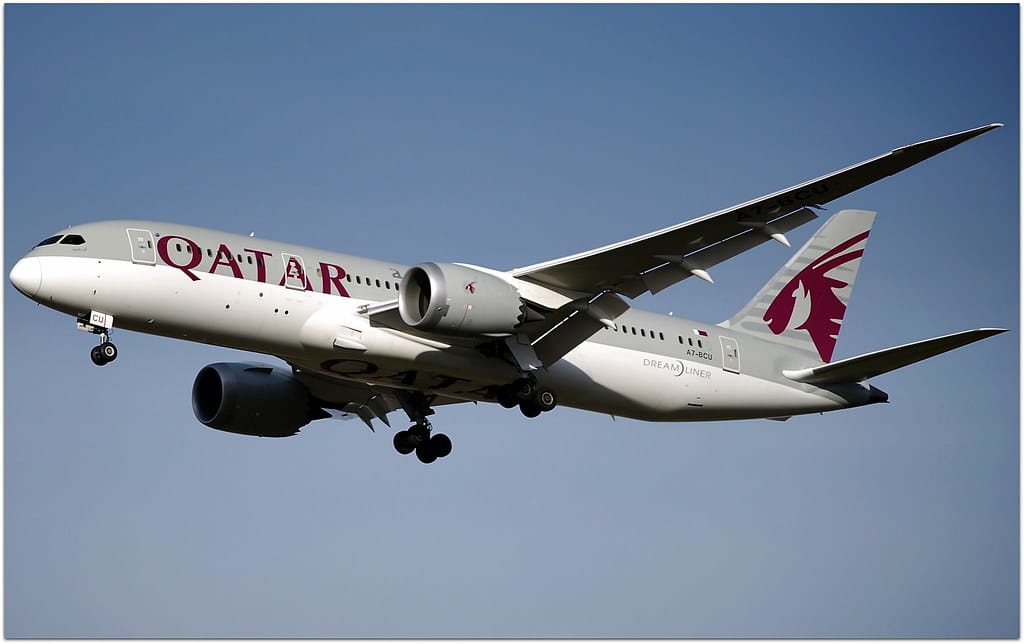Critical Fuel System Failure Revealed in Air India Boeing 787 Preliminary Crash Report
A preliminary investigation into a recent Air India Boeing 787 incident has revealed that fuel switches were cut off before the aircraft encountered serious difficulties, according to aviation safety officials. The findings raise new questions about fuel system management protocols and highlight potential vulnerabilities in modern aircraft operations.
Investigation Uncovers Fuel System Anomalies
The preliminary report, released by aviation safety investigators, indicates that fuel switches were deliberately or inadvertently cut off during the flight sequence leading to the emergency situation. This critical finding suggests that fuel flow disruption may have been a contributing factor to the aircraft's operational difficulties.
Aviation experts emphasize that fuel system management is one of the most critical aspects of flight operations, with multiple redundancies built into modern aircraft like the Boeing 787 Dreamliner. The discovery that fuel switches were cut off before the incident has prompted investigators to examine whether this was the result of human error, mechanical failure, or procedural issues.
Understanding Boeing 787 Fuel Systems
The Boeing 787 Dreamliner features an advanced fuel management system designed with multiple safety protocols and backup mechanisms. The aircraft's fuel system includes:
- Automated fuel balancing systems that maintain proper weight distribution
- Multiple fuel pumps for redundancy across different fuel tanks
- Cross-feed capabilities allowing fuel to be transferred between wing tanks
- Advanced monitoring systems that alert pilots to fuel irregularities
These sophisticated systems are designed to prevent fuel-related emergencies, making the preliminary findings particularly significant for the aviation industry.
Implications for Aviation Safety
The revelation about fuel switch manipulation has immediate implications for several key areas of aviation safety:
Pilot Training and Procedures
Aviation safety experts are now examining whether current training protocols adequately prepare pilots for fuel system emergencies. The incident may prompt airlines to review their standard operating procedures and emergency response training related to fuel management.
Maintenance and Inspection Protocols
Investigators are also looking at whether maintenance procedures properly address fuel system components and whether inspection protocols are sufficient to detect potential issues before they become critical.
Aircraft Design Considerations
The findings may influence future aircraft design discussions, particularly regarding the accessibility and operation of fuel system controls, and whether additional safeguards should be implemented to prevent inadvertent fuel switch manipulation.
Industry Response and Ongoing Investigation
Air India has cooperated fully with the investigation and has stated that it is reviewing its operational procedures in light of the preliminary findings. The airline industry as a whole is closely monitoring the investigation's progress, as the findings could have implications for Boeing 787 operations worldwide.
The preliminary report emphasizes that the investigation is ongoing, and final conclusions about the cause of the incident have not yet been reached. Additional factors, including weather conditions, aircraft maintenance history, and crew performance, continue to be evaluated as part of the comprehensive investigation.
Boeing has also issued a statement indicating its commitment to supporting the investigation and ensuring the continued safety of its aircraft fleet. The manufacturer noted that it will work with airlines and regulators to address any safety recommendations that emerge from the final investigation report.
What This Means for Air Travel
For passengers and the aviation industry, these preliminary findings serve as a reminder of the complex systems that ensure flight safety and the importance of rigorous safety protocols. While the investigation continues, the aviation community is using this incident as an opportunity to reinforce safety procedures and examine potential improvements to fuel system management.
The preliminary report represents just the first step in a comprehensive investigation that will likely take months to complete. As more details emerge, the aviation industry will continue to analyze the findings to prevent similar incidents and maintain the highest safety standards.
This incident underscores the critical importance of thorough investigation processes in aviation safety, where even preliminary findings can provide valuable insights for improving operational procedures and preventing future emergencies.

